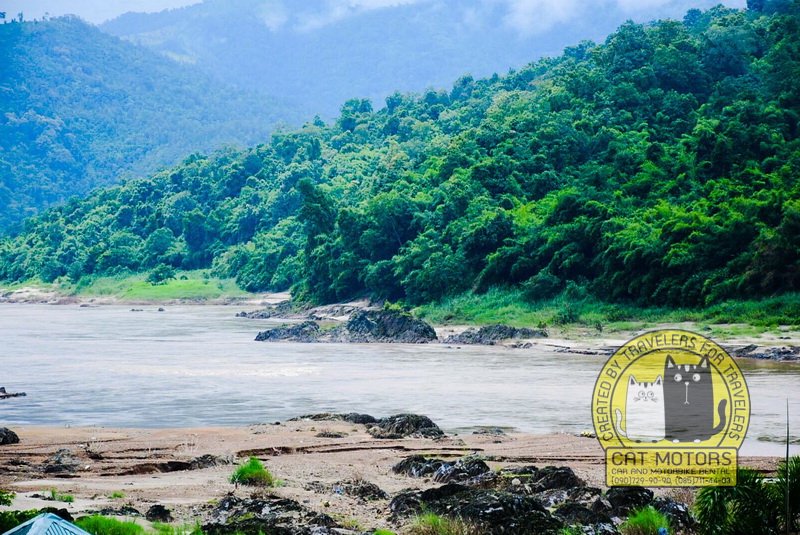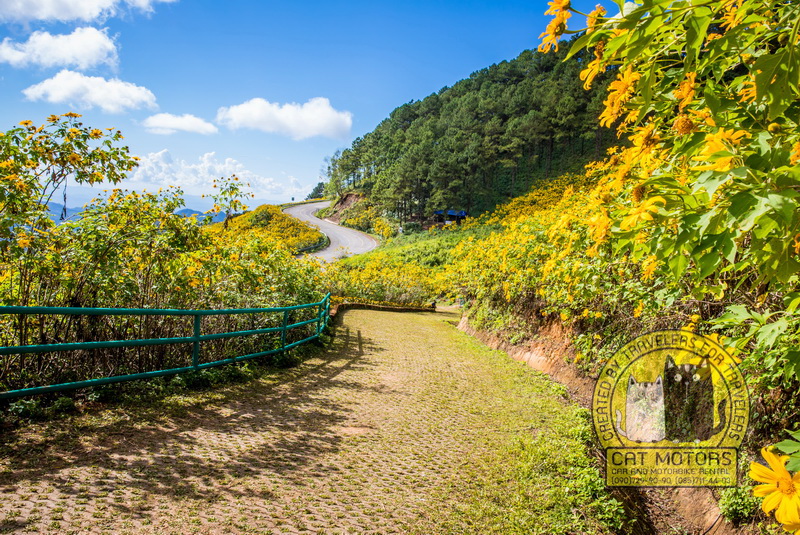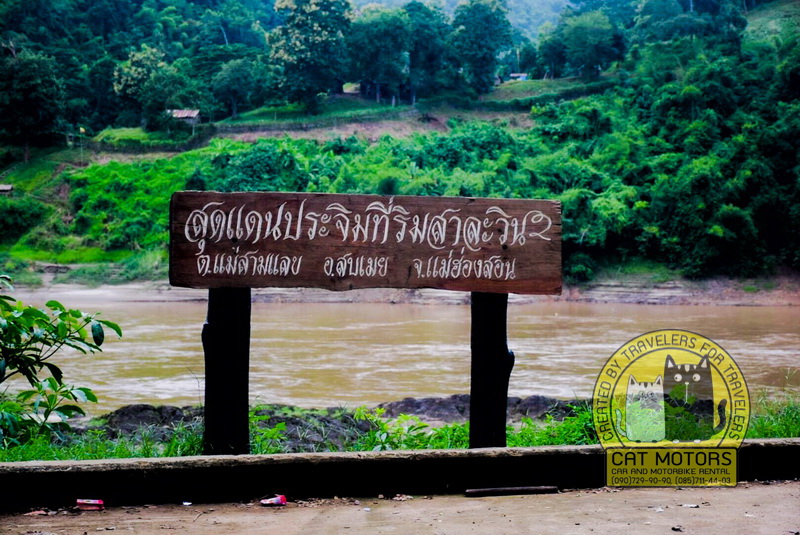Things To Do in Mae Sariang: Mae Sariang is the oldest district of the Mae Hong Son province has been inhabited by hill tribes for many, many years. It also holds an important place in the history of Lanna. Mae Sariang is the representative district of civilization; tourists should not miss its natural, dense forests, mountains, and rivers.
Salween National Park
The Salween National Park is on the bank of the Salween River on the Thai and Myanmar border about 164 km south of Mae Hong Son; it covers an area of 721 square km. The landscape is blessed with rivers, mountains, and forests. The lodging facilities are splendid.
Salween River
The river originates in Tibet and winds through China, Thailand, and Myanmar for a total distance of more than 3,000 km and serves as the border between Myanmar and Thailand for 120 km in the Mae Hong Son province; it also flows through the Mae Lanoi, the Mae Sariang, and the Sob Moei districts.

To ensure their safety during the journey, visitors should contact the park headquarters before boating or camping along the river. March through April is the best time for a boat trip because the water level is low exposing sandy beaches and large and small rocks on both sides of the river bank.
The scenery is captivating with fertile forests, mountains encased in dense fog, especially during winter, and small hamlets. In the summer, melting snow from Tibetan mountain ranges make the river much clearer, but in the cold season, it is enveloped in fog. The river winds through a forest of changing colors. Outdoorsmen who want to linger can pitch a tent at Baan Ta Fung, a village along the Salween riverbank. Travelers can also take a boat along the river for sightseeing.
Social Development Centre and the Mae Hor Mexican Sunflower Field
Located 84-85 km away along Highway 108 in the Hor sub-district in the Mae Hong Son province is the famous Bua Tong field of Mexican sunflowers. Yellow blooms along both sides of the road welcome all who visit. Inside, there are five styles of hill tribe houses, which reflect the lifestyle and culture of each tribe.

The Centre can provide traditional attire for anyone who wants to dress as the native people. The area grows unique winter plants. The Centre also provides delicious coffee for visitors.
Mae Sawan Noi Waterfall
The Mae Sawan Noi Waterfall Forest Park is home to waterfall tourists must view from its upper to lower stage because you reach the upper stage first; however, each stage has its own beauty. It is worth visiting this fall where water cascades all year.
Phra That Jom Thong Temple
In the Mae Hong Son province, the largest Buddha―10 m in width and 15 m in height ― resides in the temple; inside the temple is placed Luang Phaw. The Lanna architecture is different from other Shan style temples in the Mae Hong Son province. The temple is surrounded by beautiful scenery.
Phra That Jom Kit Ti Temple
For centuries, people have worshipped in one of the oldest temples― built around B.E. 2256―in the Mae Sariang district. Its architecture is Lanna, and it has an area 80 rai (Thai measure). A celebration occurs every June on the eighth of the waxing moon.
Phra That Jom Mon Temple
This sacred temple of the Mae Sariang people, the Phra That Jom Mon Temple, is a very old, Lanna style temple that is very well-known. An old pagoda sits on a high hill where you can look down upon landscape dotted with houses and farms; the Yuam stream meanders along occasionally hiding in the valleys. Each year in July, there is a celebration.
Phra That Jom Jang Temple
With Lanna architecture, this temple is distinct from other temples. Before entering the Mae Sariang district, tourists can visit and worship at the Baan Jom Jang Temple.
Jong Suung Temple or Utayarom Temple
Built-in B.E. 2381, three old pagodas are on site for the tourists to see and study. The middle pagoda with only half remaining was later restored in B.E. 2499. There is a golden turtle casket to preserve a relic of Buddha. Nine other Buddhas are here for tourists to worship. A worship tradition occurs in the third month on the full moon day of every year.
Sri Boon Ruang Temple
Sri Boon Ruang Temple, or Jong Maag Kang Temple its Shan name, has very delicate, intricate engraved details on the zinc roof in the Shan style. It was built in B.E. 2450 by Phra Wichai, a Wichai monk; it is quite narrow, but it is interesting because of its unique, engraved decoration.
San Thong Temple
The prominent point of the temple is the place where two Buddhas are situated. One, Phra Pet, also known as Phra Singha 1, is a much-cherished, 12-inch bronze, Buddha. The other, Phra Santhong, is also a very striking Buddha measuring 24 inches wide in the Chiengsan style. Every year during the Song Graan festival, these two Buddhas have paraded around in order to allow the villagers to pour water on them. The villagers believe that this brings prosperity; tourists may also participate in this festival.
